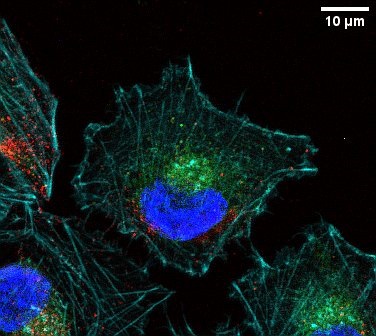Fungal Manipulation: How Caterpillars Boost Fungal Fruiting

In a groundbreaking study published in the journal *Current Biology*, researchers from the Center for Excellence in Molecular Plant Sciences at the Chinese Academy of Sciences have uncovered that the entomopathogenic fungus *Cordyceps militaris* influences silkworm larvae feeding behaviors to enhance its own fruiting process. The study, conducted in July 2025, sheds light on the complex relationship between parasitic fungi and their insect hosts, particularly how these fungi can manipulate host behavior to their advantage.
The research highlights a phenomenon referred to as an extended phenotype, where a parasite alters the behavior of its host to facilitate its own reproduction. In this specific case, *C. militaris* infects silkworm larvae but does not kill them until they develop into nutrient-rich pupae. This slower infection process has raised questions about the mechanisms behind the fungus's ability to enhance its host's feeding and growth.
According to Dr. Wei Zhang, a lead researcher on the project, “We found that silkworms infected with *C. militaris* exhibited significantly increased feeding rates and weight gain, which ultimately benefits the fungus during its fruiting phase.” This manipulation is believed to be achieved through the upregulation of the orexigenic neuropeptide gene HemaP in the silkworms, which stimulates feeding behavior. The study revealed that after infection, the larvae showed a marked increase in weight, which is critical for the production of fungal fruiting bodies.
Additionally, the research identified that the fungal infection resulted in a significant decrease of sugars in the silkworm hemolymph, particularly glucose and trehalose, the latter being a crucial energy source for insects. This starvation-like condition prompts the larvae to consume more food, further supporting the fungal life cycle. Dr. Liu Chen, an entomologist at Peking University, commented, “The findings provide a unique insight into the evolutionary strategies of parasitic fungi and how they can exploit their hosts’ biological processes.”
The study also explored the genetic engineering of *C. militaris* by synthesizing HemaP, which further amplified the feeding and growth of infected larvae compared to control groups. This groundbreaking research not only enhances our understanding of parasitic relationships but also holds potential implications for silkworm cultivation and the mass production of *C. militaris*, which is valued in traditional medicine and culinary applications.
“Understanding how fungi manipulate host behavior can lead to innovative approaches in agriculture and biotechnology,” stated Dr. Sarah Johnson, a microbiologist at Stanford University, emphasizing the importance of this research in broader ecological and economic contexts.
The implications of this work extend beyond scientific curiosity; they could revolutionize the way we approach silkworm farming, potentially leading to more sustainable and efficient production methods. As Dr. Zhang noted, “Our findings could pave the way for the cost-effective use of silkworms in the massive cultivation of *C. militaris*, which is currently a labor-intensive process.”
This study exemplifies the intricate connections within ecosystems and highlights the importance of understanding parasitic interactions. Future research will undoubtedly delve deeper into the genetic and ecological dynamics at play, further unraveling the mysteries of these fascinating fungi and their insect hosts.
Advertisement
Tags
Advertisement





